Popsop continues a series of articles on marketing strategies and brand development in B2C. This time we will talk about how strategists developing programs of loyalty, engagement and customer retention see this area. This is especially important now, when in a crisis era companies compete for buyers facing reduced traffic and reduced profits. What projects are brand managers hunting for and how to get into their pipeline?
A one-time purchase from a particular brand may be due to the optimal price / quality ratio, but this is not enough for the formation of attachment or consumer habit. There is a two-step scheme at work here: brand reputation plus engagement.
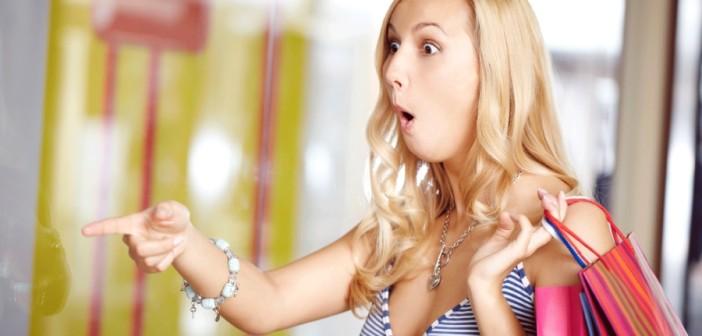
Pandemic brand loyalty is forced and accidental. Fearing contamination, people shopped at the nearest store, not the one they liked before. It is likely that this will lead to a subsequent shift in preferences, which represents an opportunity for retailers to engage and retain the occasional coronavirus customer. If sanitizers, disposable masks and gloves, free for customers, disinfection of premises, installed in retail outlets have worked and continue to work for the good name and reputation, then today the moment of active involvement comes. In fact, loyalty programs were once invented in order to build a long and happy emotional connection with the customer and keep him, offering free products, exclusive offers and discounts on future purchases.
Ecosystem approach
The most influential trend in consumer markets is ecosystem development. Now that bonus systems are losing their appeal and the benchmark for customer engagement in a product or service is higher, ecosystems allow customers to receive a set of related products and services from different brands. According to McKinsey research, customers who participate in shared loyalty programs within these ecosystems are twice as likely to shop and almost twice as likely to prefer ecosystem brands to their competitors.

This development strategy is especially functional for the B2C sector in difficult times of economic downturn. It makes it easier for businesses in both crisis and post-crisis times as partnerships and ecosystems coordinate marketing efforts and infrastructure, provide access to data on consumer behavior and cross-marketing opportunities. And ecosystems have the best chances of comprehensive engagement monetization.
Engagement programs are replacing traditional loyalty programs
When, due to self-isolation and the massive shift to remote work, consumption largely shifted to online, its specifics changed, and in a number of industries the old model of customer acquisition and retention, based on loyalty programs, no longer works.
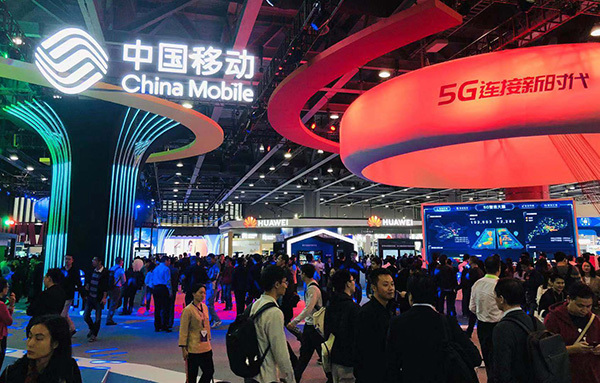
For example, the telecommunications field: operators are partnering with digital companies in a wide variety of business areas, from digital banking and e-commerce. Thus, China Mobile launched a platform for remote diagnostics and medical care, surfing the medical agenda. Many carriers such as T-Mobile and Verizon have updated their loyalty programs with a focus on increasing lifetime value.
Engage first — monetize later
Engagement strategies are changing. Telecom, Edtech, video productions and streamers initially offer free content, and when the client starts to spend a significant portion of their time on their platform, they move to paid content. Content producers and broadcasters around the world are testing this model around the world, creating ecosystems and launching new products on the market, focusing not only on the interests of the client, but also on his environment (children, family, colleagues, friends).
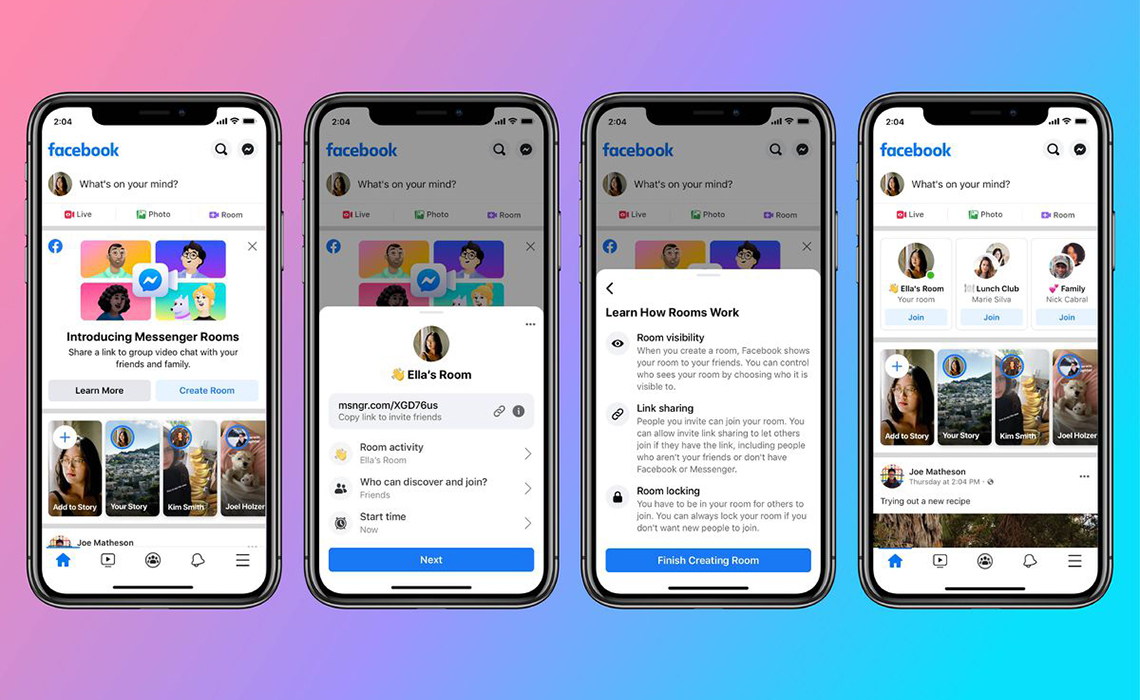
The goal is to involve more people. For example, Facebook launched Messenger Room, a tool for virtual video meetings in which up to 50 people can participate, and their WhatsApp doubled the bandwidth of video calls from four to eight people. A high-profile deal to buy Facebook a 9.9% stake in the Indian digital platform Reliance Jio for $ 5.7 billion (their client is every third Indian, the product is a variety of mobile applications, and these services at the time of purchase did not generate income, but MAU — monthly active users) suggests that large business is ready to buy the very right to develop the ecosystem, if the latter has a sufficient number of stable users.
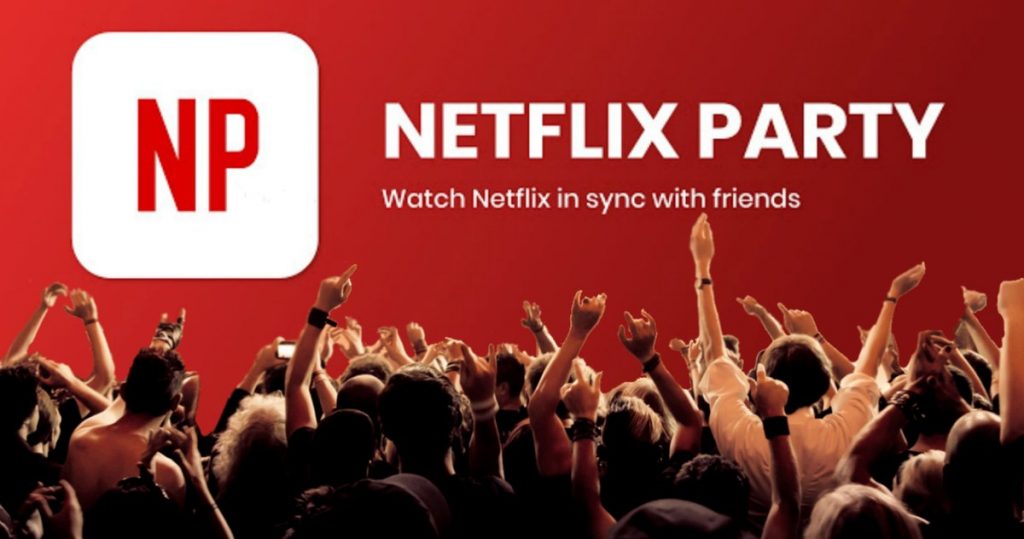
Netflix increased the number of paying users by 8.7% in the first (covid) quarter of 2020, growing to a record of 15.77 million subscriptions. The company has launched a new Netflix Party on the market. This is a service that allows you to watch the same movie with your friends. The platform syncs videos and allows you to share impressions via chat.
Gaming follows the path of collaboration: the computer game Fortnite held a series of virtual concerts by rapper Travis Scott, and they were watched by about 12 million viewers.
![]()
Technological solutions and artificial intelligence: hyperpersonalization
Eye tracking software quickly found its way into retail. By analyzing big data, such as how long it took you to focus on a specific product, how many times you looked at it, how much you spent buying it the first time, or how long you looked at packaging on average, the system can change the price tag and make a special offer for the goods of interest to the buyer in real time. Nestle and Woolworths first experimented with eye tracking back in 2015 and concluded that armed big data marketers can positively impact millions of dollars in sales. Einstein technology in Salesforce Marketing Cloud enables you to create product recommendations and emails so relevant that they seem to be handcrafted for each customer.
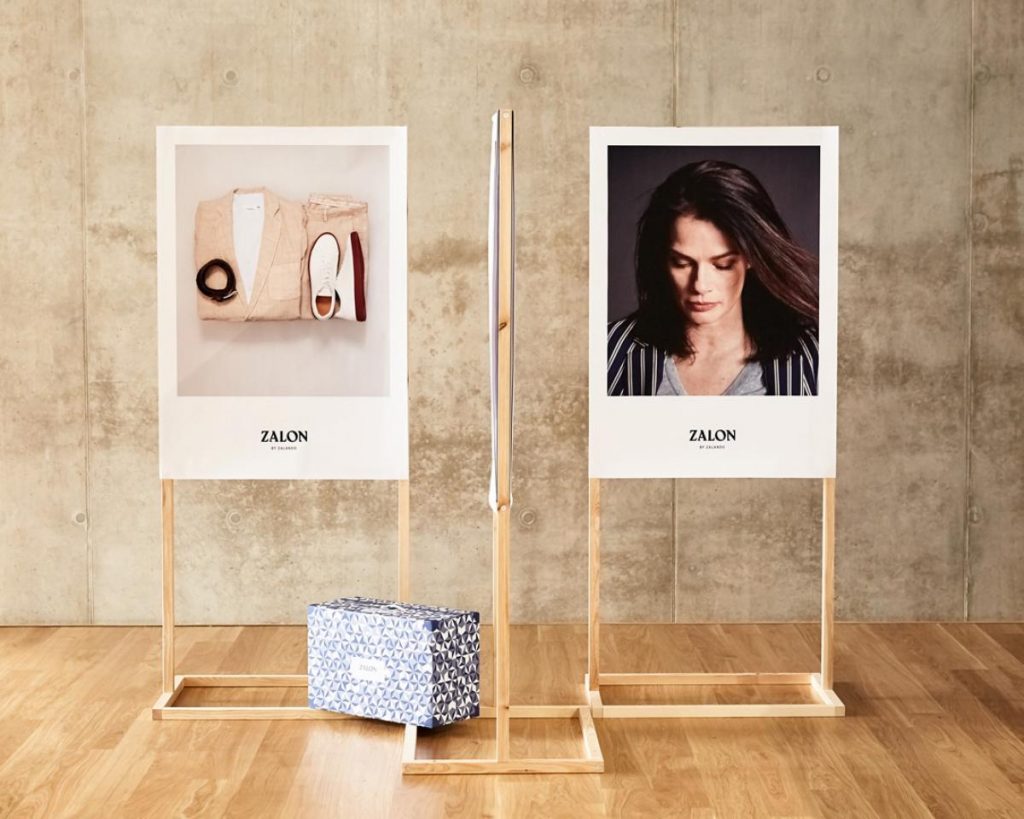
Fashion retailers are actively using AI to predict customer wants and needs in real time. For example, Zalando has implemented the «Complete your look» function using the Fashion Companion neural network algorithm.
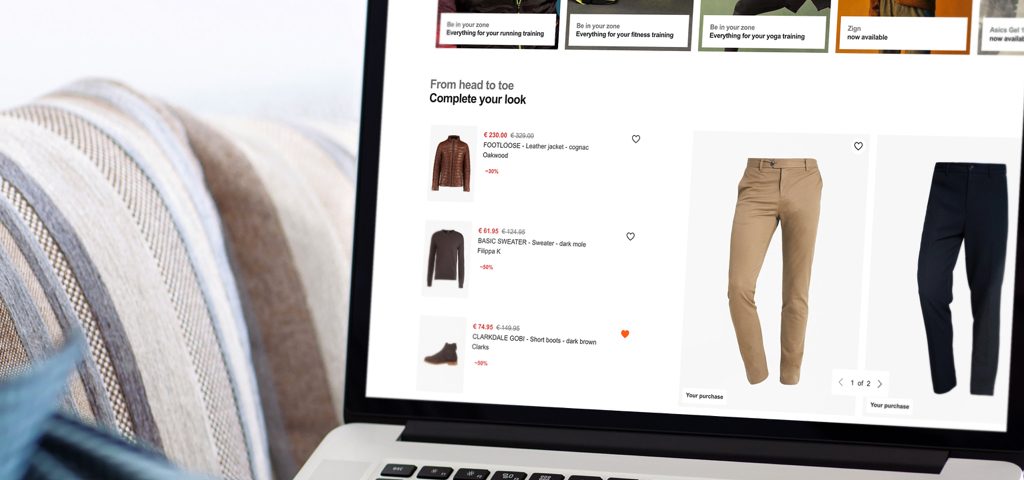
In 2020 more companies will structure their loyalty programs to collect relevant data about their customers — from contact and demographic information to program participation — to support their marketing efforts and personalize their loyalty programs. They also generate valuable customer insights related to purchase history, product preferences, and redemption rewards that can be used to power your entire marketing system. An example is the loyalty program of Noppies clothing store for pregnant women and children. Their contact strategy is completely personalized to suit the maternity and childhood stage.
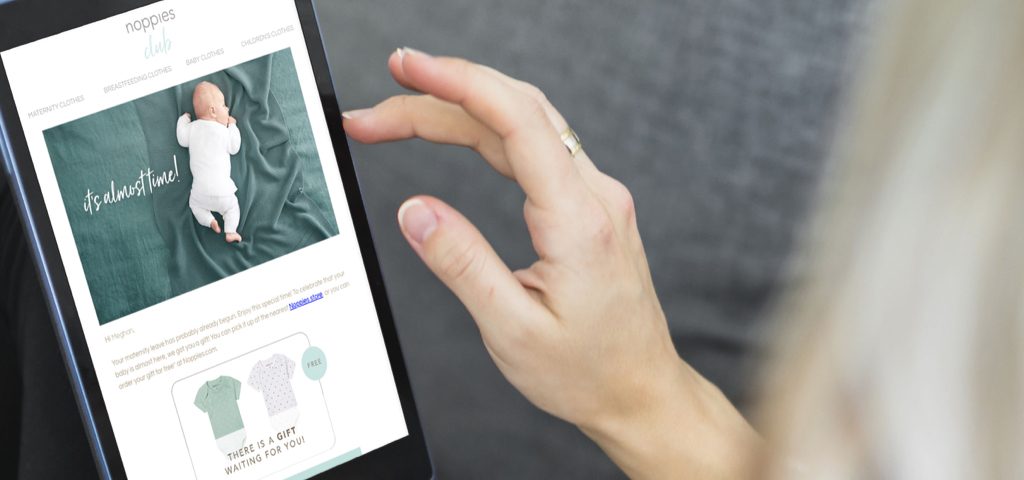
Merry Old Cashback
Cashback programs appeared in the 90s in the banking sector in the English-speaking space. This is a return of cash / points / bonuses / miles, not at the time of purchase, but after. When buying five cups of coffee in a well-known chain of coffee shops, the sixth one is free and there is a cashback.
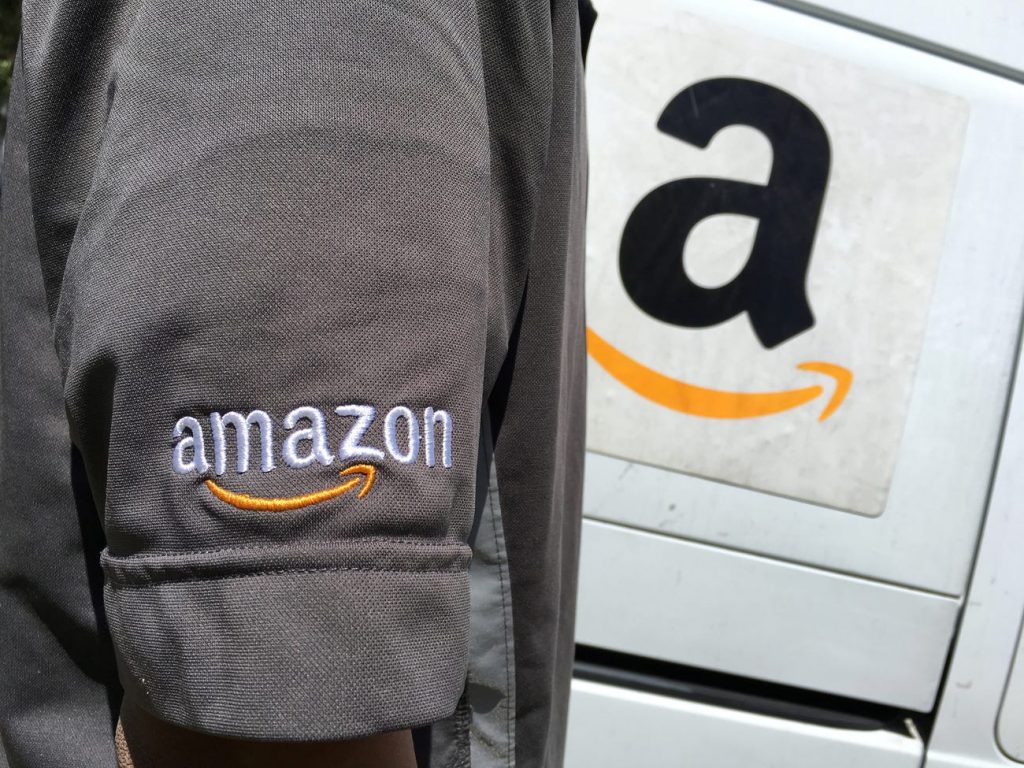
Cards with cashback are offered by banks, cashback services, if certain conditions are met, guarantee the return of part of the funds spent on purchases. For example, an Amazon Rewards Visa card entitles you to a $ 30 gift card upon signup, and this card returns 3% on every dollar spent on Amazon, 2% on purchases at a pharmacy, gas station and restaurant, and 1% on all other items.
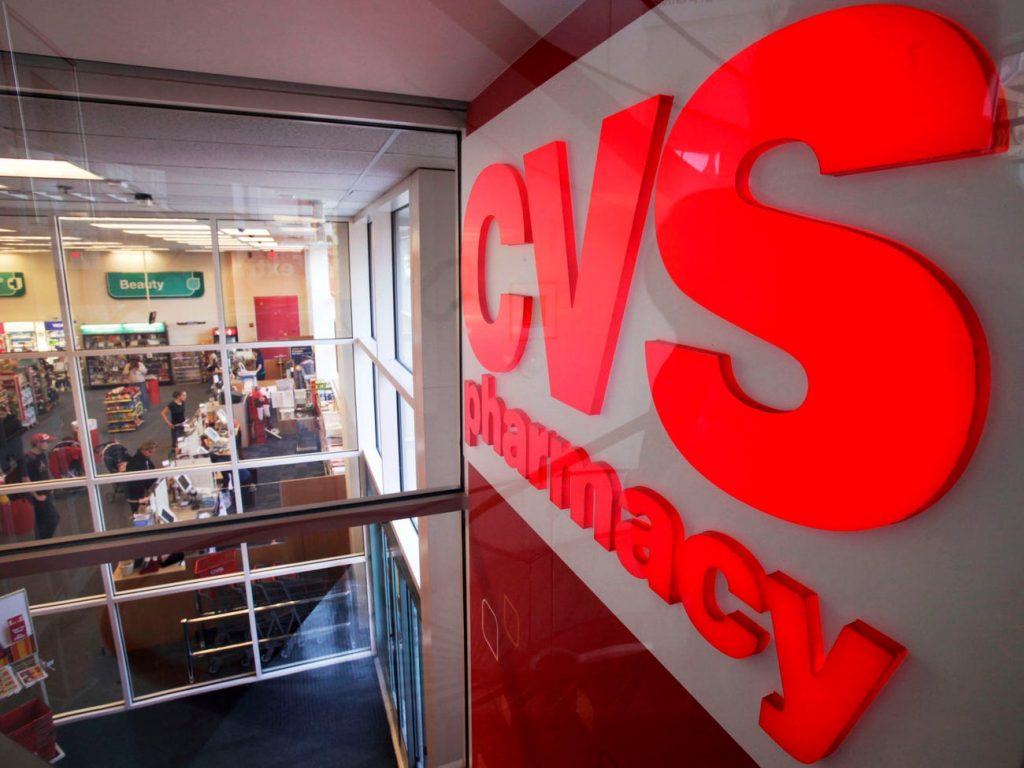
Additional benefits and bonuses are often added to cashback. CVS Pharmacy Chain offers ExtraCare CVS, which tracks your purchases throughout the year and rewards shoppers with ExtraBucks that act as money to pay for your next purchase and give you access to special offers that regular customers don’t have.
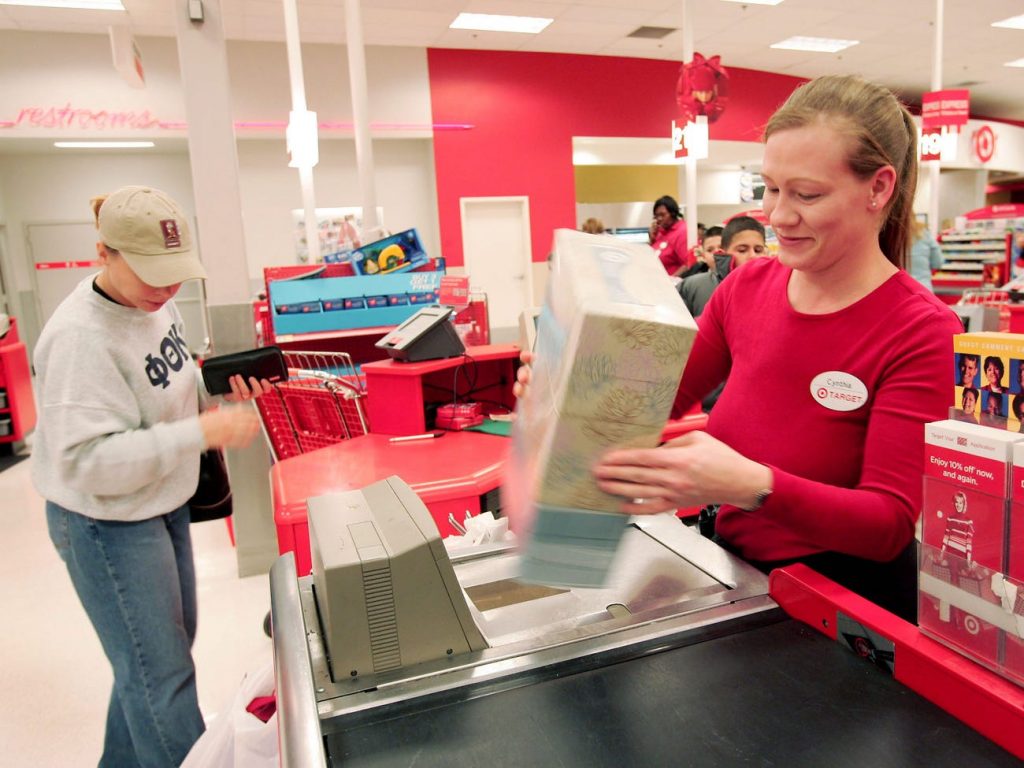
For Loyal Target shoppers, the REDcard saves shoppers 5% on every purchase, offers free shipping for online orders and an additional 30 days for returns with no annual fee.
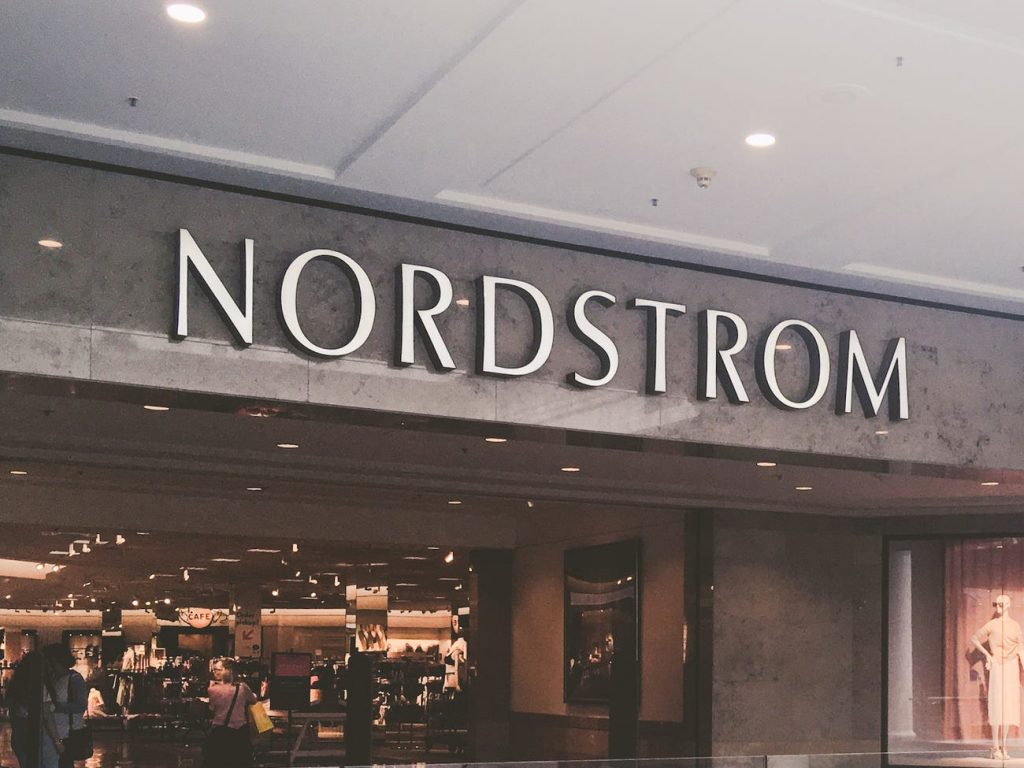
Nordstrom’s department store rewards program, The Nordy Club, allows you to earn one point for every dollar spent at Nordstrom, Nordstrom Rack and HauteLook. Points can be cashed for in-store credit, and Nordstrom credit card holders can earn points three times faster. Bonus — exclusive access to things like stylist workshops and fast delivery of purchases.
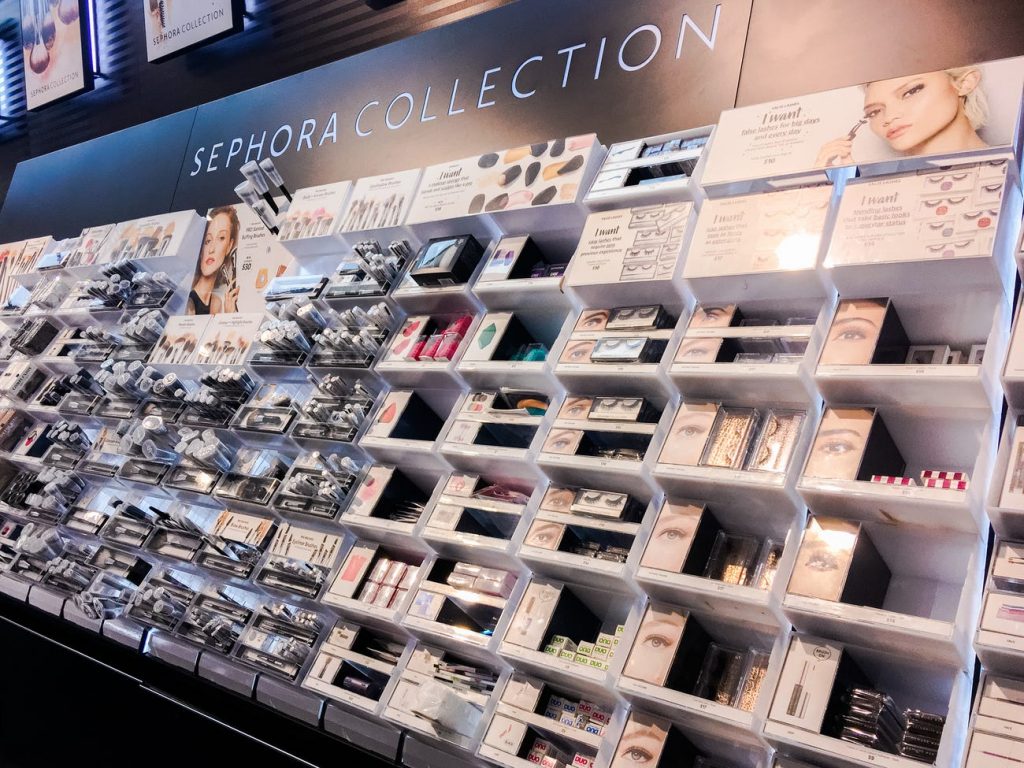
Sephora’s loyalty program is called Beauty Insider, and it gives access to a range of exclusive merchandise, workshops and special promotions, and members accumulate points to earn gift items and bundles.
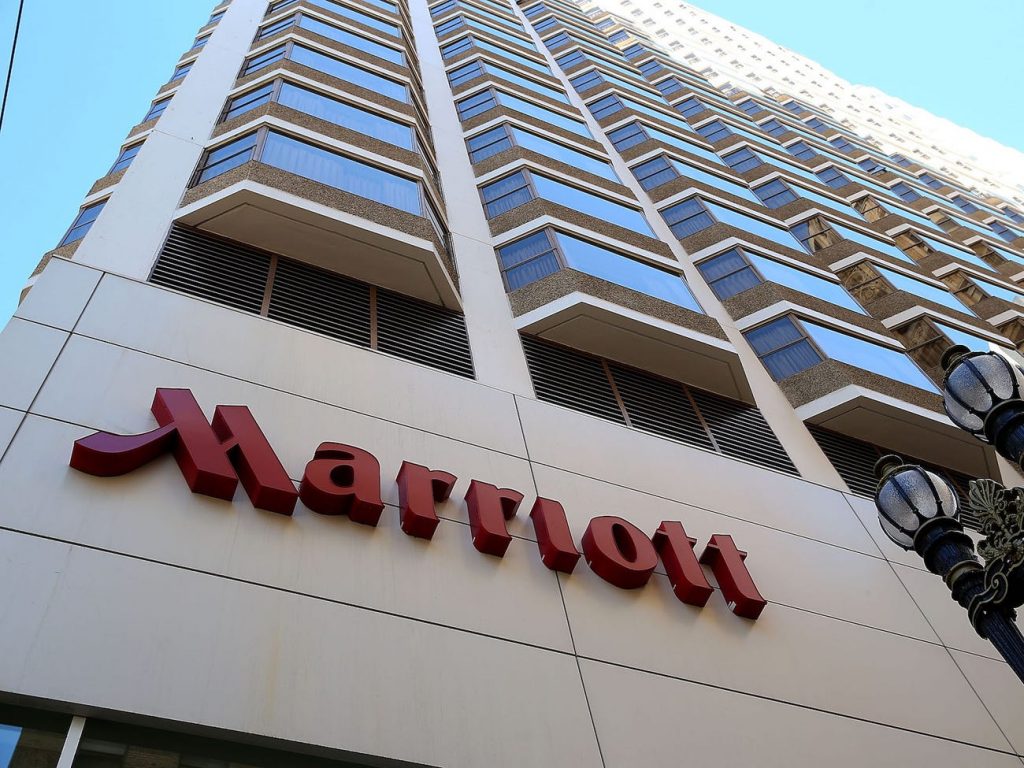
Marriott’s free loyalty program includes special member rates, free mobile registration, upgrades and free Wi-Fi.
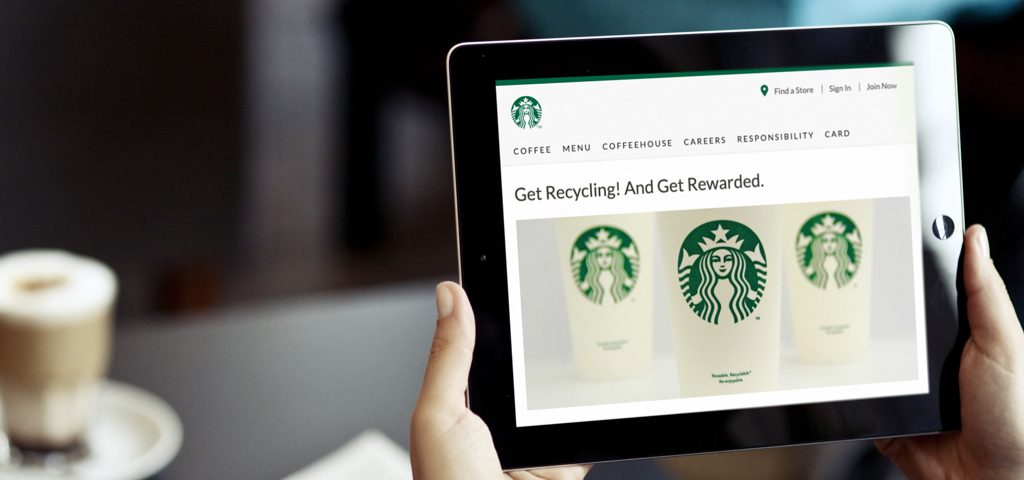
Eco-loyalty
Global calls for action to tackle climate change are stronger than ever before, and we expect forward-thinking brands in this to look for ways to stimulate and encourage sustainable consumption. Thus, Starbucks UK received a special eco-award for the use of reusable cups.
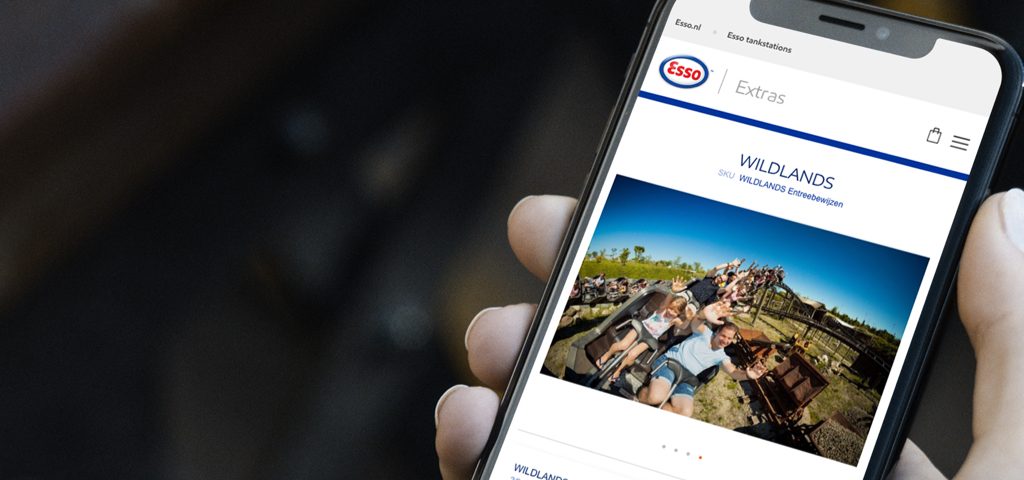
Experiencial rewards for centennials
Intangible rewards are popular with young consumers and Gen Z, such as express delivery, an invitation to an exclusive event, or a voucher for a fun time in a fun place. Take for example the Esso Extras loyalty program in the Netherlands and Belgium. Customers have the option to spend their points on anything from an online gift voucher to a theme park entrance ticket.
Premium programs
In recent years, we have seen a steady increase in the number of subscription or paid loyalty programs, and perhaps the most famous example is Amazon Prime. As uncertainty about the future of retail prevails, we expect an increasing number of brands to use the premium loyalty model as a vehicle for generating new revenue streams.
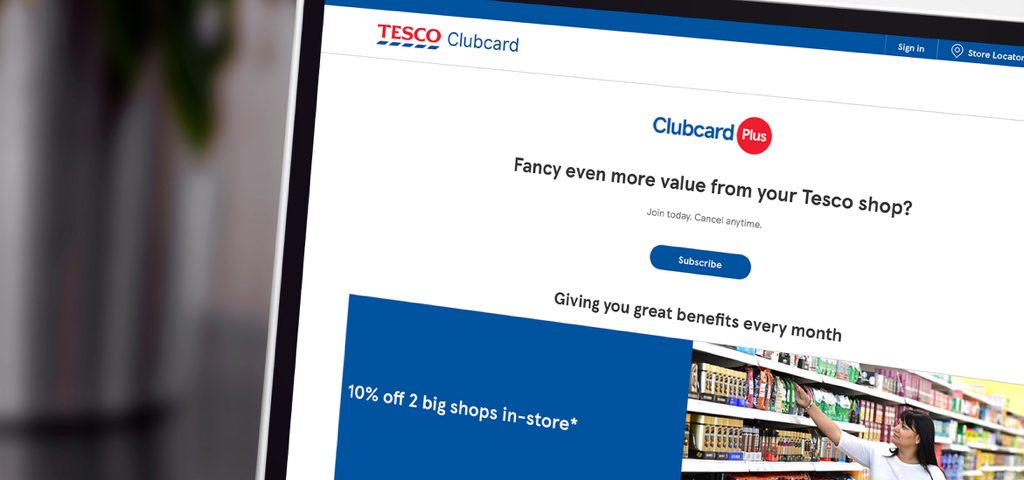
For example, Tesco, the UK’s largest supermarket chain, launched ClubCard Plus at the end of 2019. This gives customers additional discounts and enticing perks like extra mobile data for a £ 7.99 monthly fee.
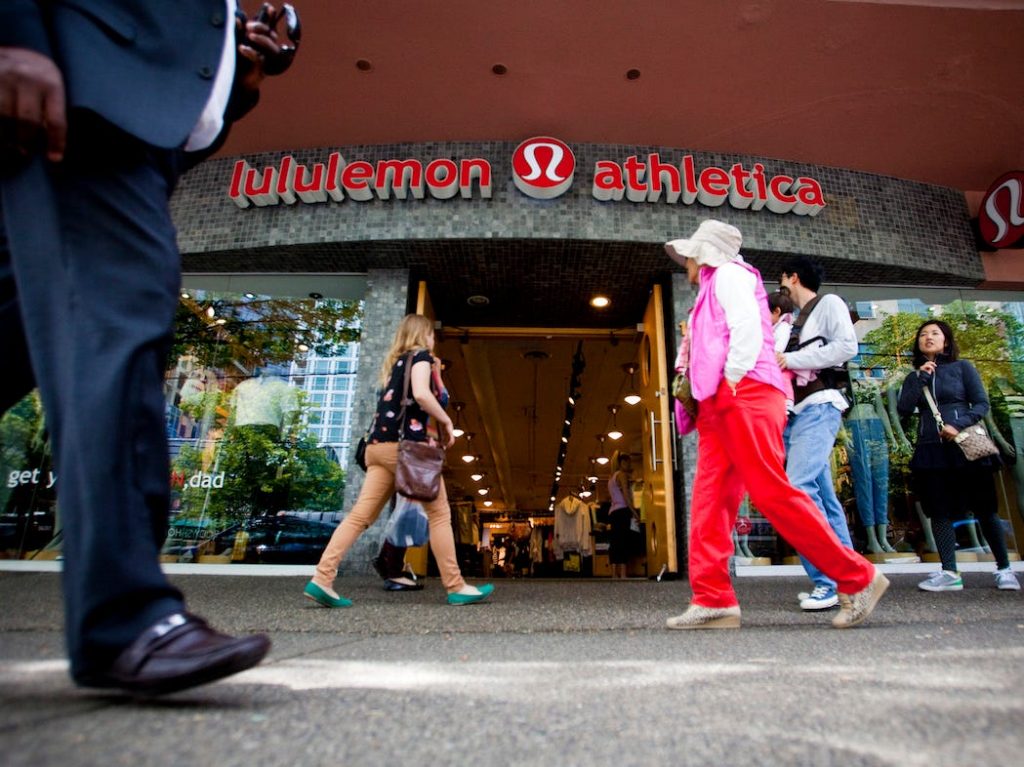
For a $ 128 membership, sportswear company Lululemon offers a gift of a pair of trousers or shorts, special access to sports activities and events, free expedited shipping for online orders, and a no-questions-asked return.
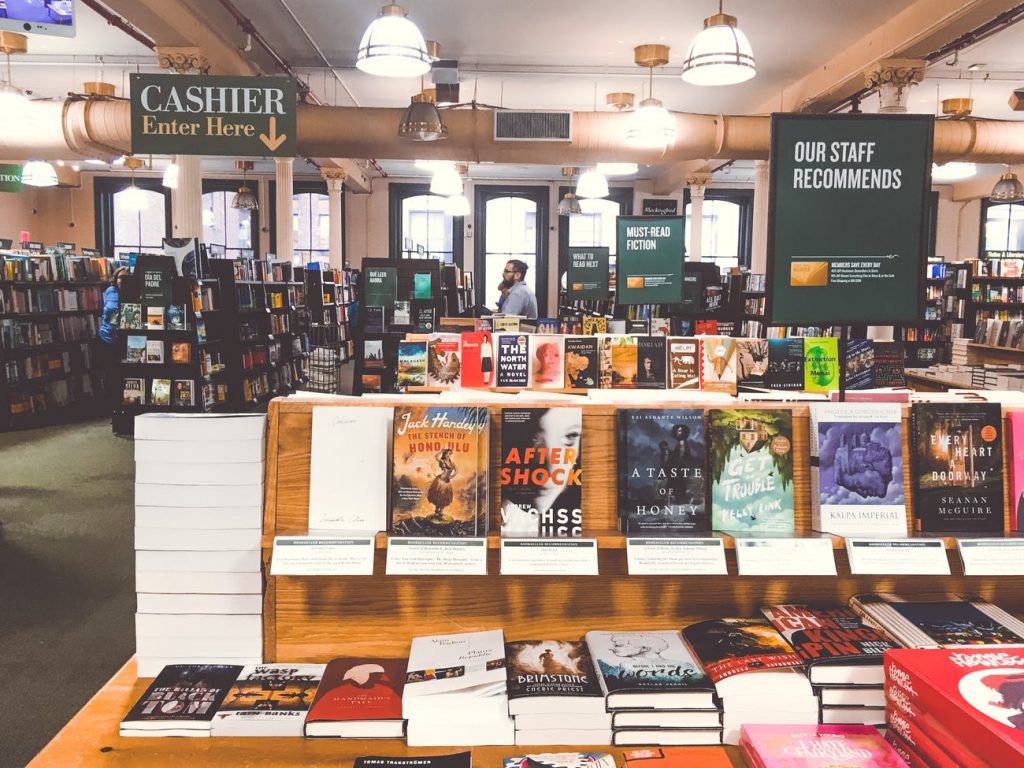
Barnes & Noble bookstore for $ 25 a year offers 40% off hardcover bestsellers, 10% off all other purchases, and free express shipping on all online purchases.
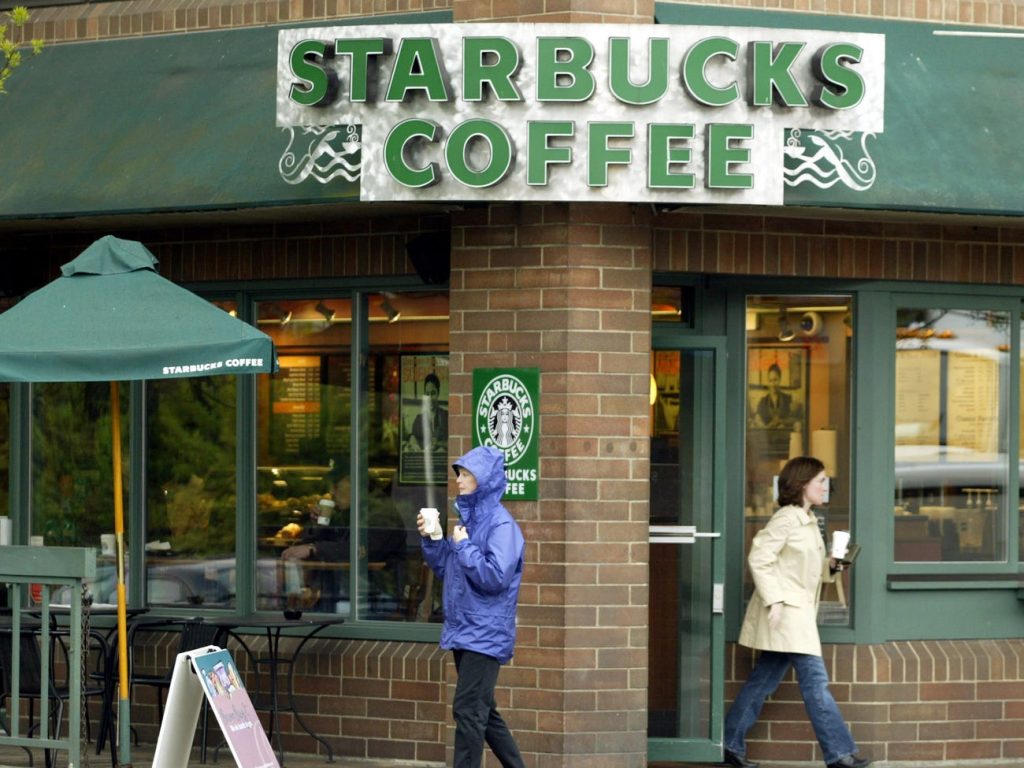
Gamification
Retention is always a goal of loyalty marketers, especially when it comes to app users. Companies are increasingly turning to gamification to keep their customers engaged. We are now seeing challenges, badges and games being used as the primary function of loyalty programs. The Starbucks loyalty program offers an application where you can collect stars to get the most out of your rewards. The Dutch convenience store chain Primera took inspiration from customers’ frequent visits for lottery tickets and scratch cards, and created a daily hit game that keeps users returning to the app for a chance to win points or prizes.
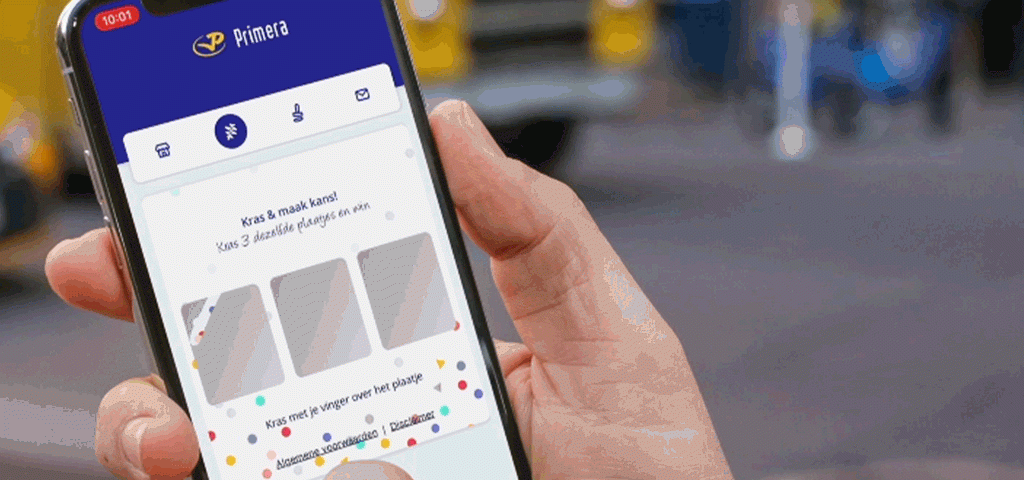
Thus, the struggle is for the client’s attention, for a fraction of his time. The main value and goal was not the average bill, but the daily consumption.
